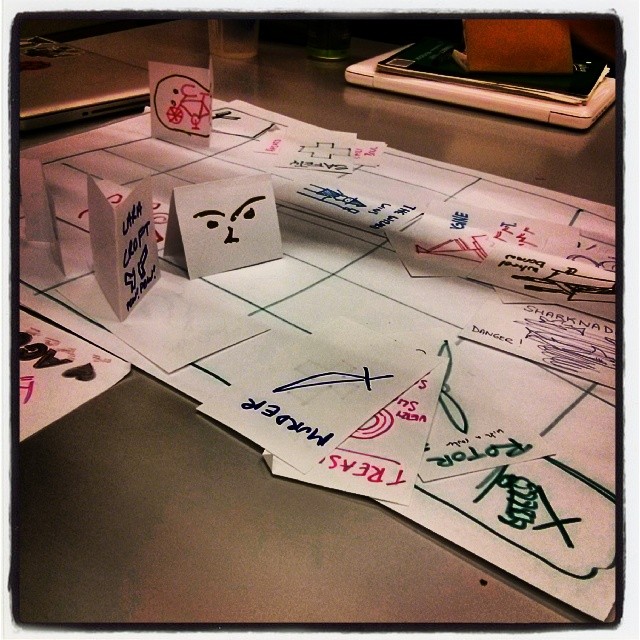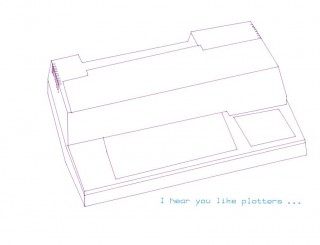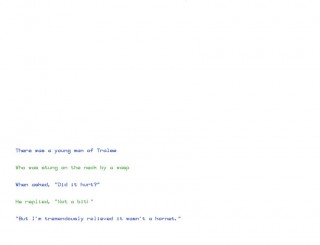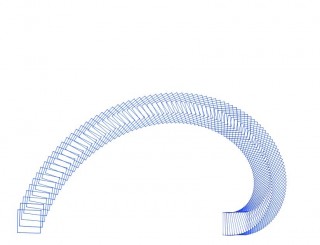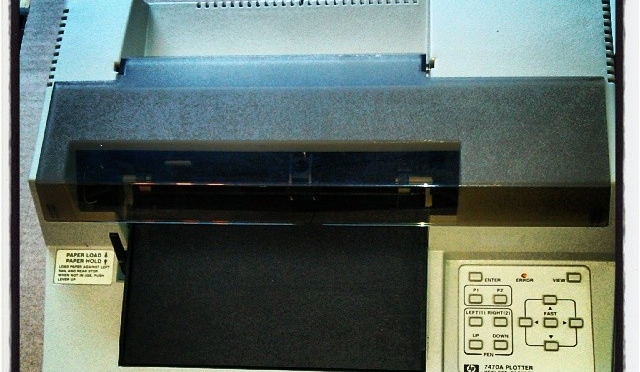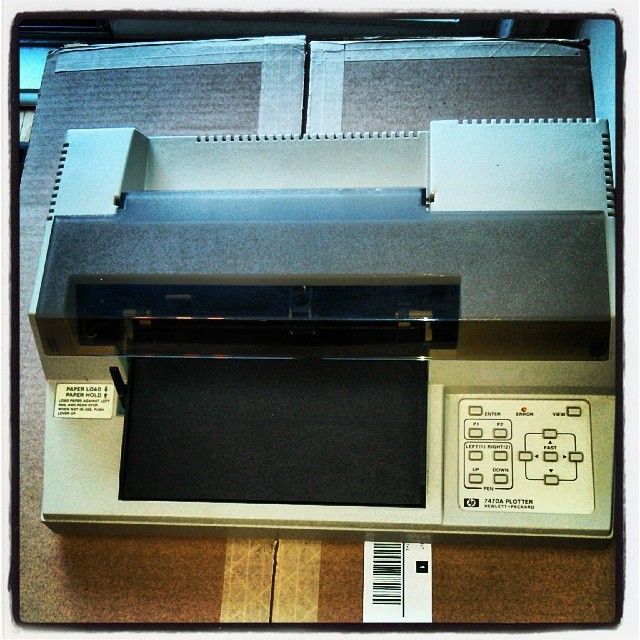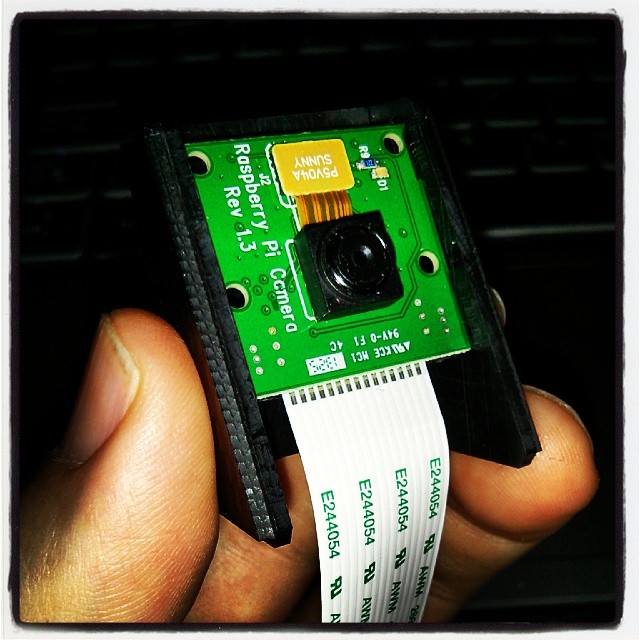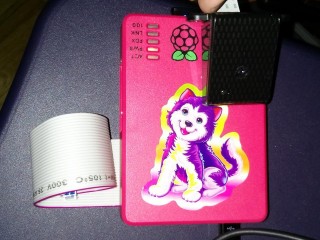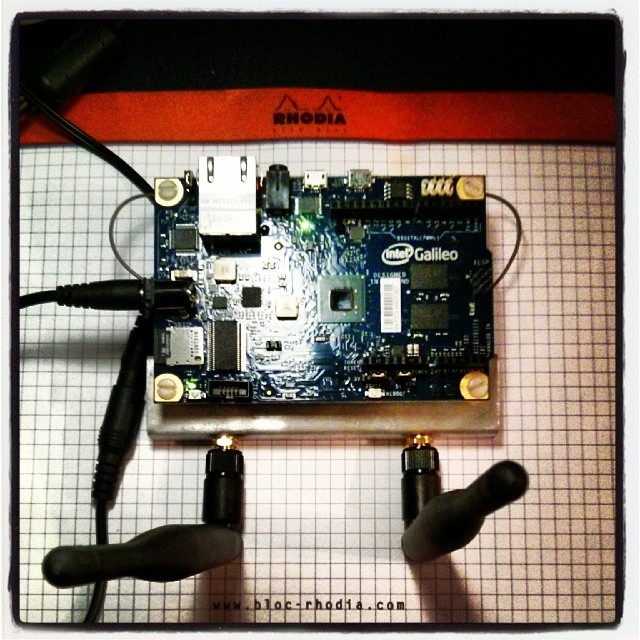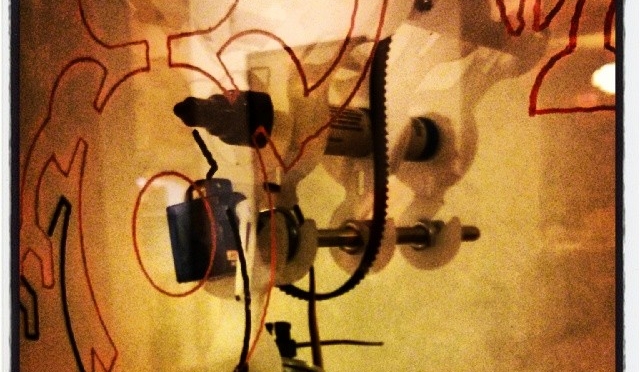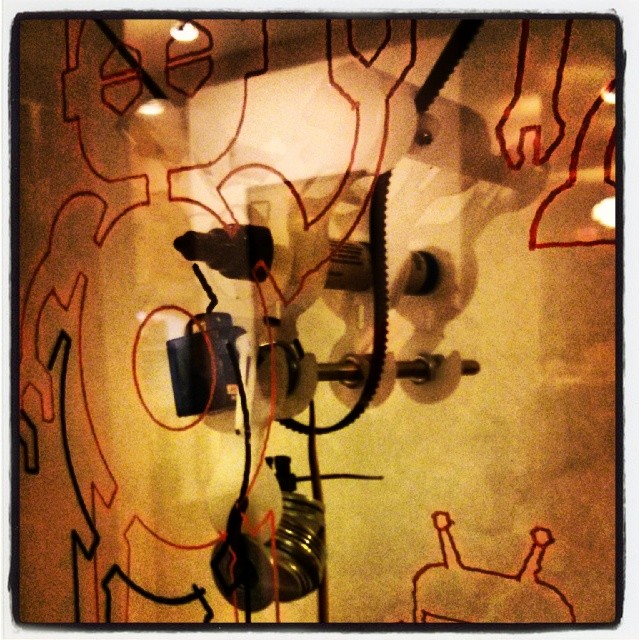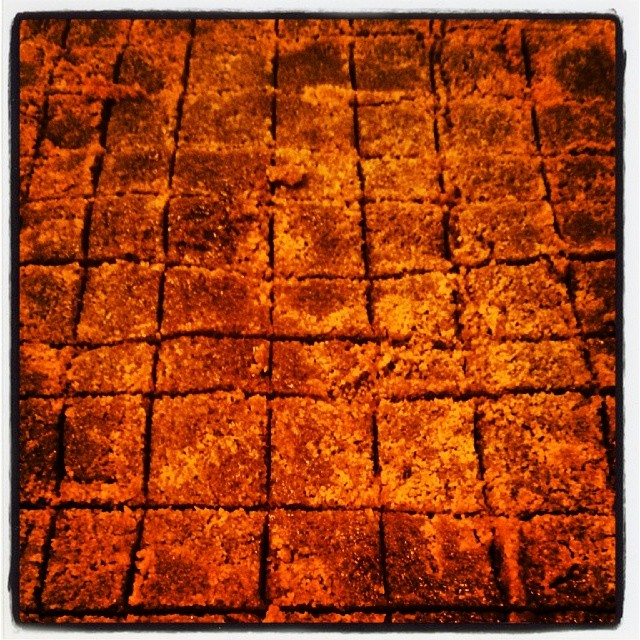Instagram filter used: Lo-fi
Blog
-
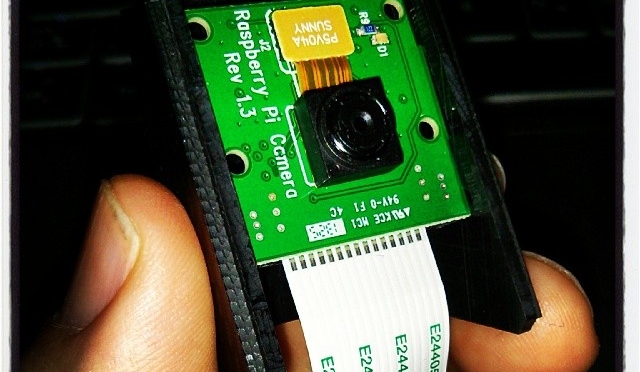
So that’s how the Raspberry Pi camera fits in the CamdenBoss housing …
The CamdenBoss Raspberry Pi Camera Enclosure (data sheet, suppliers: RPI CAMERA BOARD – RASPBERRY-PI – ADD-ON BRD, CAMERA MODULE, RASPBERRY PI | Newark element14 Canada, MCM Electronics Carbon Raspberry Pi Camera Case 83-15493 – Micro Center) comes with no instructions. Maybe the lighter coloured ones are easier to work out, but on the faux-carbon one I bought, the little guide slots the board has to slide into are very hard to see.
Given all the warnings about static, I was a little too careful trying to install the camera into the housing. Slip open the camera case, then put the board in at an angle with one side in one slot, then (with a bit more force than I’d like) spring or flex the housing so the other side of the board can click into place. You have to make sure that both sides are fully engaged in the slots before the cover will slide back on.
So here it is, all set up:
Oh, sorry; should’ve warned you about the bright pink case and the awesome/appalling Lisa Frank sticker. The sticker is in no way to cover up where I cut the wrong place for the camera connector, nope nope nope …
-
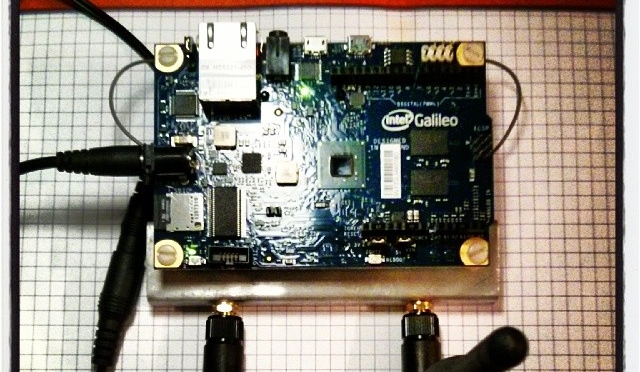
An Intel Galileo running without wires
Pretty much did everything here: Intel Galileo Meets Wireless, except I used one of the supported cards. These are the components that I bought on eBay:
- Mini PCI-E Half to Full Size Extension Card Wireless WIFI PCI Adapter Bracket from jhetech*com.
- Intel Centrino 135 135BN HMWWB BT WLAN Wireless Card for Acer Asus Toshiba Sony from osstore001.
- 2 6dBi RP-SMA Dual Band WiFi Antenna + 2 U.fl Mod Kit Mini PCIe Cards Network from superpowersupplycom.
Instagram filter used: Lo-fi
-
Wonderful blank Terms & Conditions
I’d just like to go on the record that Intel made me accept these Terms & Conditions when logging on their Space: Makers | Intel Communities site:
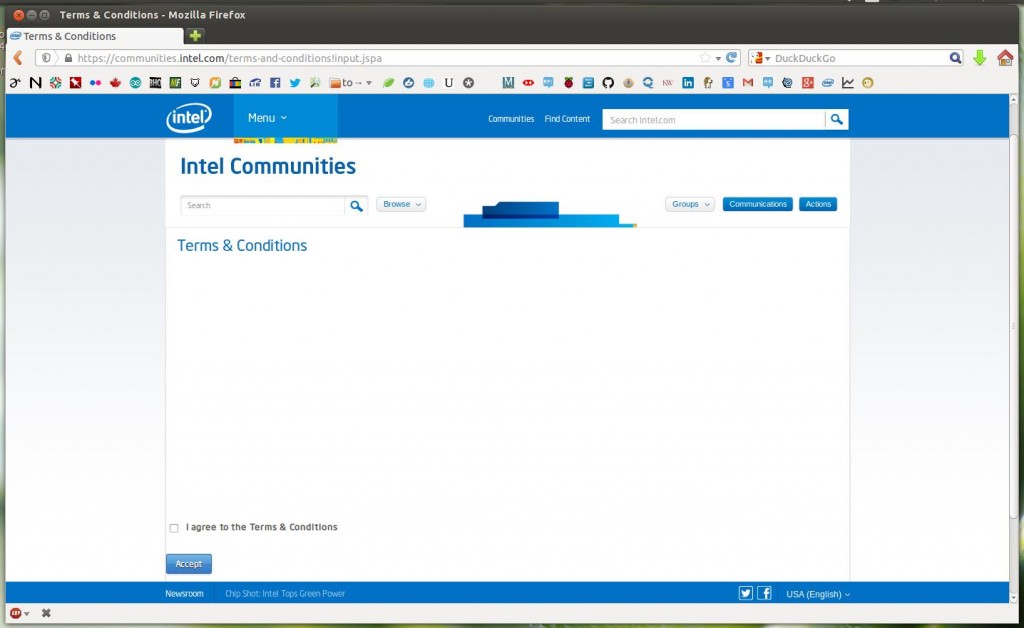 Yup, completely blank. I guess I can do anything I want now, eh?
Yup, completely blank. I guess I can do anything I want now, eh? -
Death-defying acts of biscuitry!
Laser etched at Idée, 2014-02-07.
-
elementary OS: could be worse
Imagine there’s a really nicely arranged screenshot of elementary OS here. You know, browser arranged just so, dock showing shiny icons, and a coy little dropdown showing that I’m playing music that’s faaaar hipper than you’ll ever be. Got that image? Good. ‘Cos I just spent a ½-hour setting it up, then deleted it in a second of unthought when I cleaned up the elementary OS VM from VirtualBox. Aargh!
elementary OS is a very pretty Ubuntu/Debian distro. It has a very strong visual identity, and is designed and managed by a very small group. This rigidity may annoy the seasoned Linux user, but will likely work in a more logical way if you’re used other OSs. You won’t face jarringly mismatched user interface elements, as still happens with Ubunty/Unity. Linux UX allows too much choice, so you’re never sure which options do what at any given time.
(F’rinstance: Ctrl+Q used to quit programs. Now, Ubuntu wants us to use Ctrl+W, the old close-the-window command. Some programs no longer quit with Ctrl+Q, so you’re left with an awksmash of Ctrl+Q_no-I-meant_W. Don’t make me think!)A couple of things put me off elementary OS:
- You can’t put files on the desktop. In an effort to be tidy, eOS forbids you putting the stuff you’re working on in the place you’ll see it. This is a major annoyance, but worse things are coming.
- It expects you to pay for it. No, really. They want $10 from you, right from the get-go. While you can get around this (click the “Download†button; it only looks like it’s linked to the payment button), they do something far, far worse:
They use a PayPal pop–under.
Srsly. Gahh. Eww. Pop-unders are the web equivalent of taking a 💩 on an art gallery floor. If they’re low enough to pull that kind of stunt, who knows what leakage lurks under their pretty graphics?

